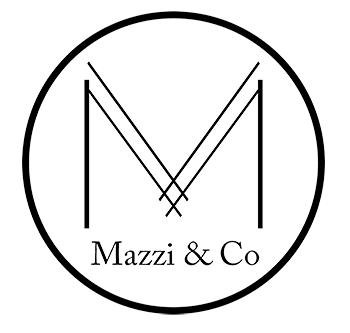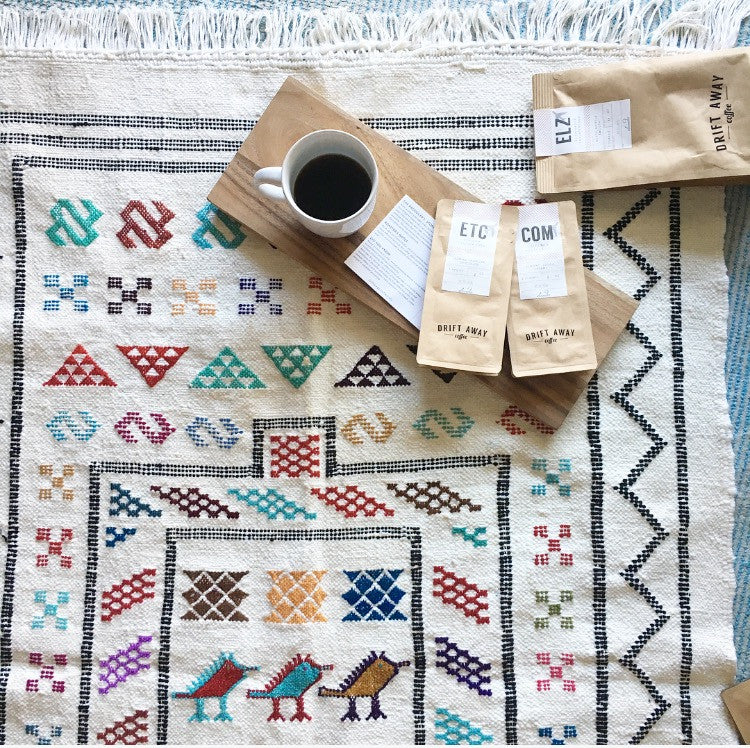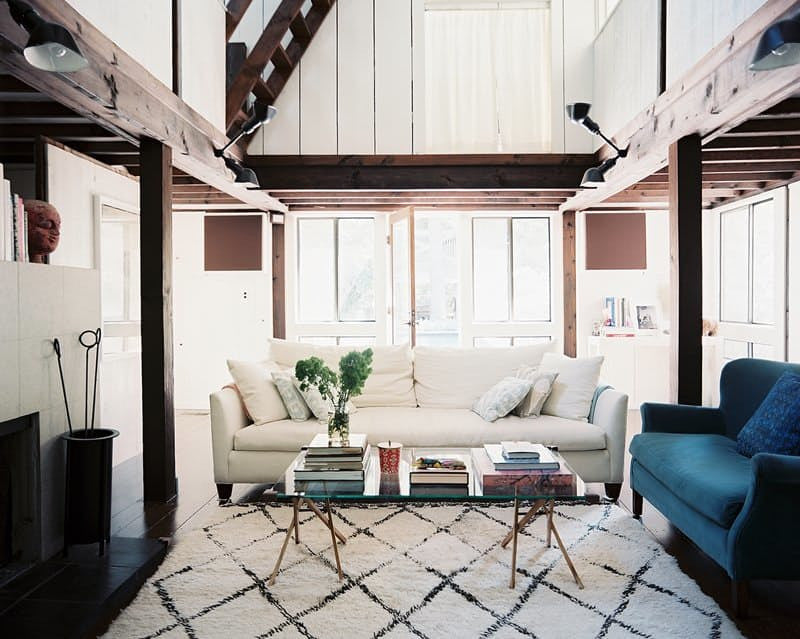Years ago, on a trip back to Marrakesh to see family, Rad brought back two small, cotton white rugs with colorful embroidery on it resembling birds, animals, tea pots, mixed in with some tribal patterns. They were so colorful, cheery and pretty, I wondered why I'd never seen that style of Moroccan rugs before. That became our mission when we decided to open our shop - to bring back not just the popular styles of Moroccan rugs, but the styles that are equally beautiful, unique yet largely under-represented in the global market.

From our shop: Nathaniel's Tuesday I
This rug style, known as the Oued Zem style, came from south of Casablanca. They're also known to be "childrens' rugs" because of the motifs featured. They're normally made of cotton or cactus silk and not as finely woven - the two that Rad brought back have blotches of dye stains on them, an uneven weave leading to curled edges, and knots coming loose in places. On the back side of the rug, threads are left untrimmed, leaving a messy, unfinished look (which only later did we find out the threads are left long on purpose as an anti-slip function - so smart!).
One of the two Oued Zem rugs Rad brought back years ago- note the rougher quality of the weave.
While we still treasure our two rugs, we knew we'd need to find more refined versions of this style if we wanted to carry it in our shop. So we were beyond stoked to find the three Oued Zems we have in our shop (Daydream, Nathaniel's Tuesday I and II). All of them are made out of brushed cotton, which means they're thicker, softer and the colors more vibrant. They're also more finely woven and trimmed so they lay nicely on the floor or hung on the wall and show just the right amount of the handmade touch.We're already aiming to hunt for more Oued Zems on our next buying trip, because they may be under the radar now, but by our guess, they won't be for long, not the good ones, at least.








